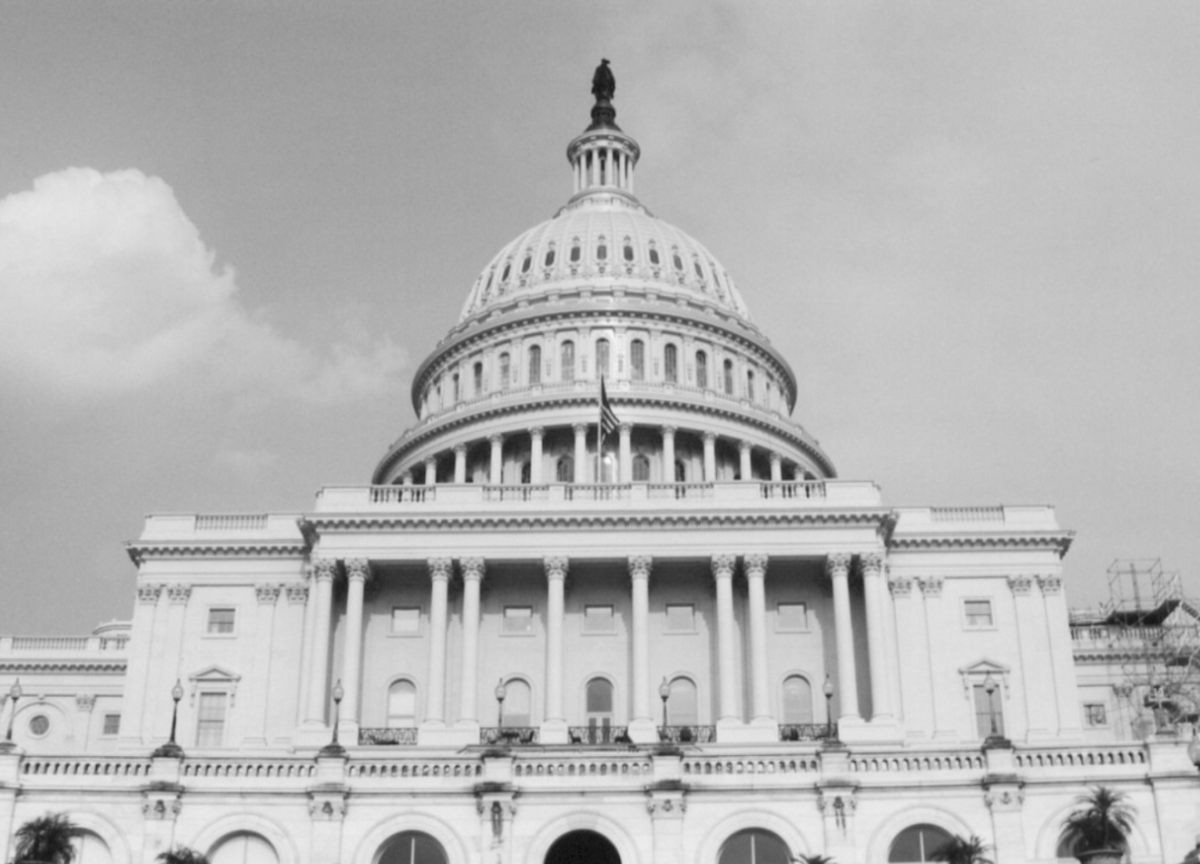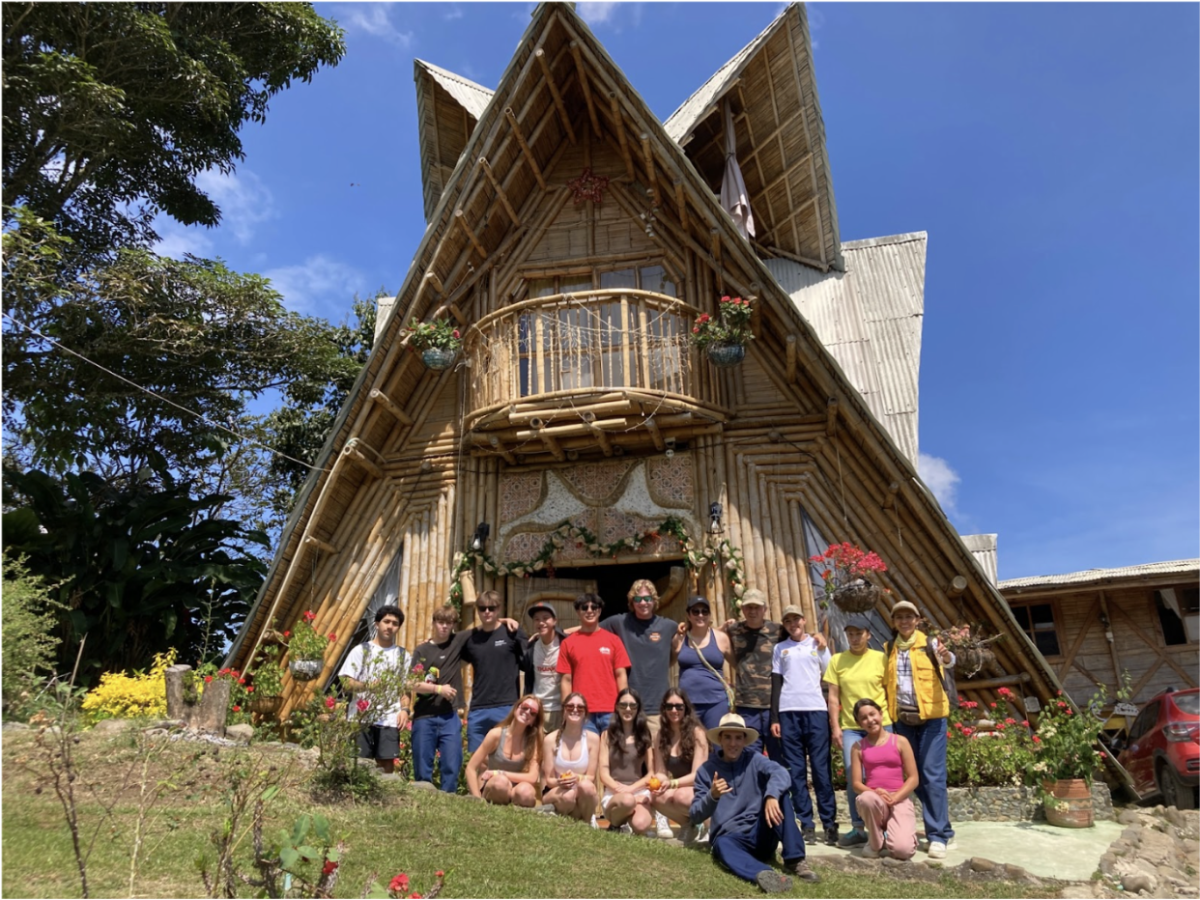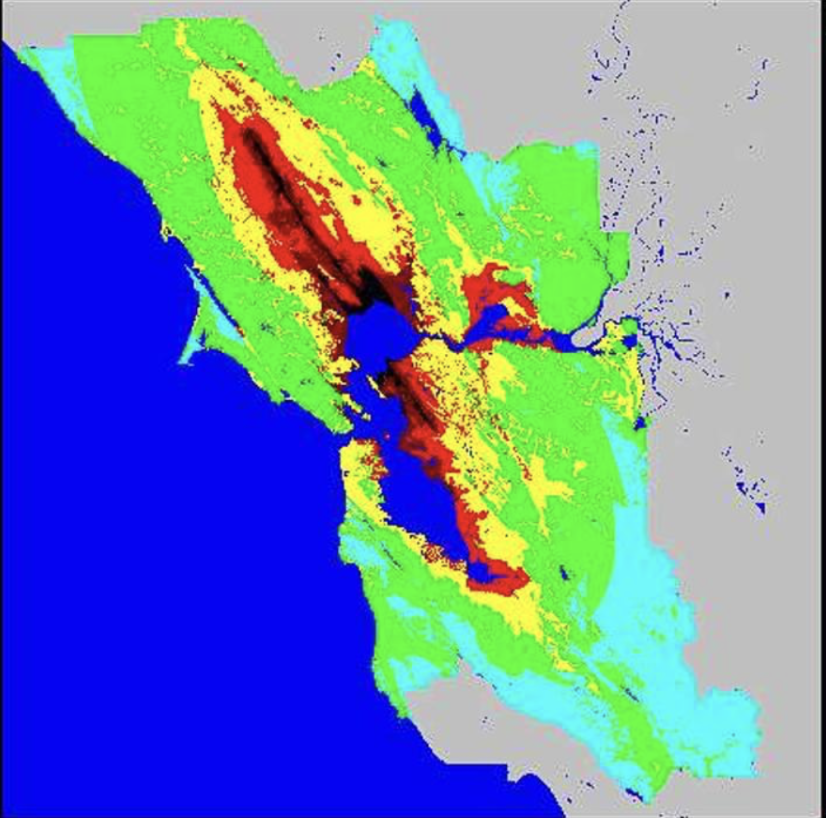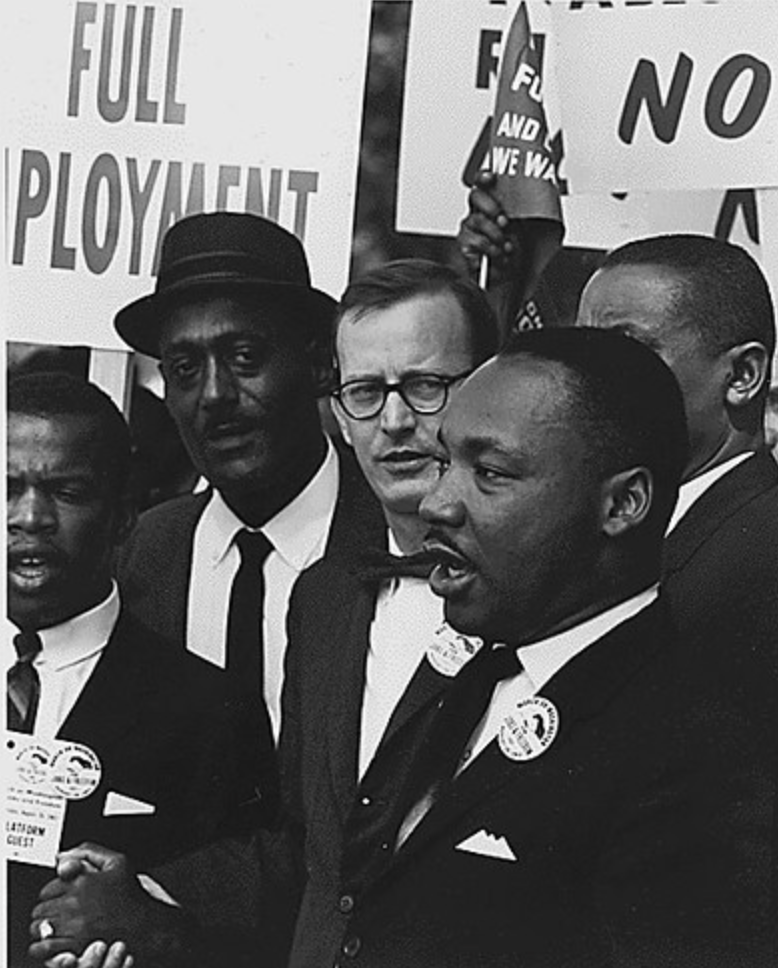
Madison Riehle
Editor-in-Chief
Most San Francisco residents agree, The City an expensive place to live. Housing options are confined to the seven square miles, and with an increasing housing market and an influx of Silicon Valley “techies,” young adults like Emma Fahy (’09) are experiencing the high cost of rentals as housing prices continue to rise.
“I am renting because I didn’t have the savings for a down payment after studying abroad my junior year of college, so I live with three girls” Fahy said. “I got lucky finding an apartment. A new building opened up in the Mission, I viewed it and signed the lease the same day as the showing.”
San Francisco is the third most expensive city in the United States, following New York City and Honolulu, with the cost of living 61.2 percent above the national average and the median home value at $750,9000, according to a 2014 Kiplinger survey.
“It’s incredibly challenging,” Farrell said. “San Francisco had always been an expensive place to live, and it has always been an issue. What we have is lack of planning for an increase of population growth combined with a rising economy, which has created this housing crisis today.”
The average college graduate makes around $50,000 a year, and the median San Francisco rental price is around $3,120 as of June 2014, according to Business Insider. For college graduates looking to come back to The City, finding a few roommates is a good way to alleviate the housing cost in the city, according to San Francisco District 2 Supervisor Mark Farrell.
“Find some roommates in The City, or else it’s going to be very difficult,” Stephen Gomez, president of GPK and Associates, said. “It’s probably the best way to soften the pain of living here.”
In comparison to the rest of the country, California — and especially San Francisco — lacks sustainable affordable housing options.
Homes are considered affordable if the resident is paying no more than 30 percent of his or her income towards housing, according to the Mayor’s Office of Housing. San Francisco was listed as being affordable to only 14 percent of Californians in second quarter of 2014, according to the California Association of Realtors.
“The market’s going to be cyclical no matter what,” Gomez said. “Stock markets are always a good barometer for local real estate. When the stock markets are healthy and doing well, people are feeling wealthy and content, and that tends to make our market look better.”
An affordability, or housing, crisis differs from a housing bubble in that affordability is characterized by low supply and high demand alongside high rent prices, while in a bubble, prices are unexplainably high and rent prices are low, according to the San Francisco Planning and Urban Research Association.
The state is currently in the worst affordability crisis since 1989, according to the National Association of Realtors.
“It’s a supply and demand situation,” Gomez said. “If the demand out ships the product then you’re going to have multiple buyers for properties and that’s going to push prices.”
The rise of lack of demand can be attributed to the fluctuations of the economy and job market, according to Gomez.
Fahy moved back to The City in 2013 after graduating from Gonzaga University in Spokane, Wash. to work as an account executive. Fahy represents one in over 75,000 people who have moved to San Francisco in the last decade.
“As a city we have to prepare for the next economic downturn,” Farrell said. “When that is, is anybody’s guess. It’s not an if, but a when. We need to make sure we are prepared from an economic perspective and housing perspective.”
San Francisco has already begun to take measures not only to plan for an economic downturn, with the potential passage of propositions like Prop. G, a 24 percent tax on multi-unit properties, but also with plans for future affordable housing developments that are still in the developmental stage in City Hall.
“Large developments around South of Market are going to have some impact on the number of housing units available right now,” Farrell said. “They should have some positive effect on the unaffordability right now of San Francisco in terms of our housing crisis.”
Housing projects for people who are being priced out of San Francisco include Hunters Point and Bayview, Parkmerced and Treasure Island.
“Over the course of — not only the next five years — but the next 10 to 20 years, these projects are going to produce tens of thousands of new units in San Francisco that will serve to relieve the pressure right now on our housing situation,” Farrell said.
Up to 8000 new homes and 140,000 square feet of new commercial and retail space will be built within the Treasure Island Development alone. Construction is planned to start within the next six years, with 25 percent of the apartment spaces offered at a below-market rate, according to the Treasure Island Development Authority.
“Buying is still a goal of mine,” Fahy said. “My friends are here, family is in The City, my life is The City. Why live anywhere else?”














